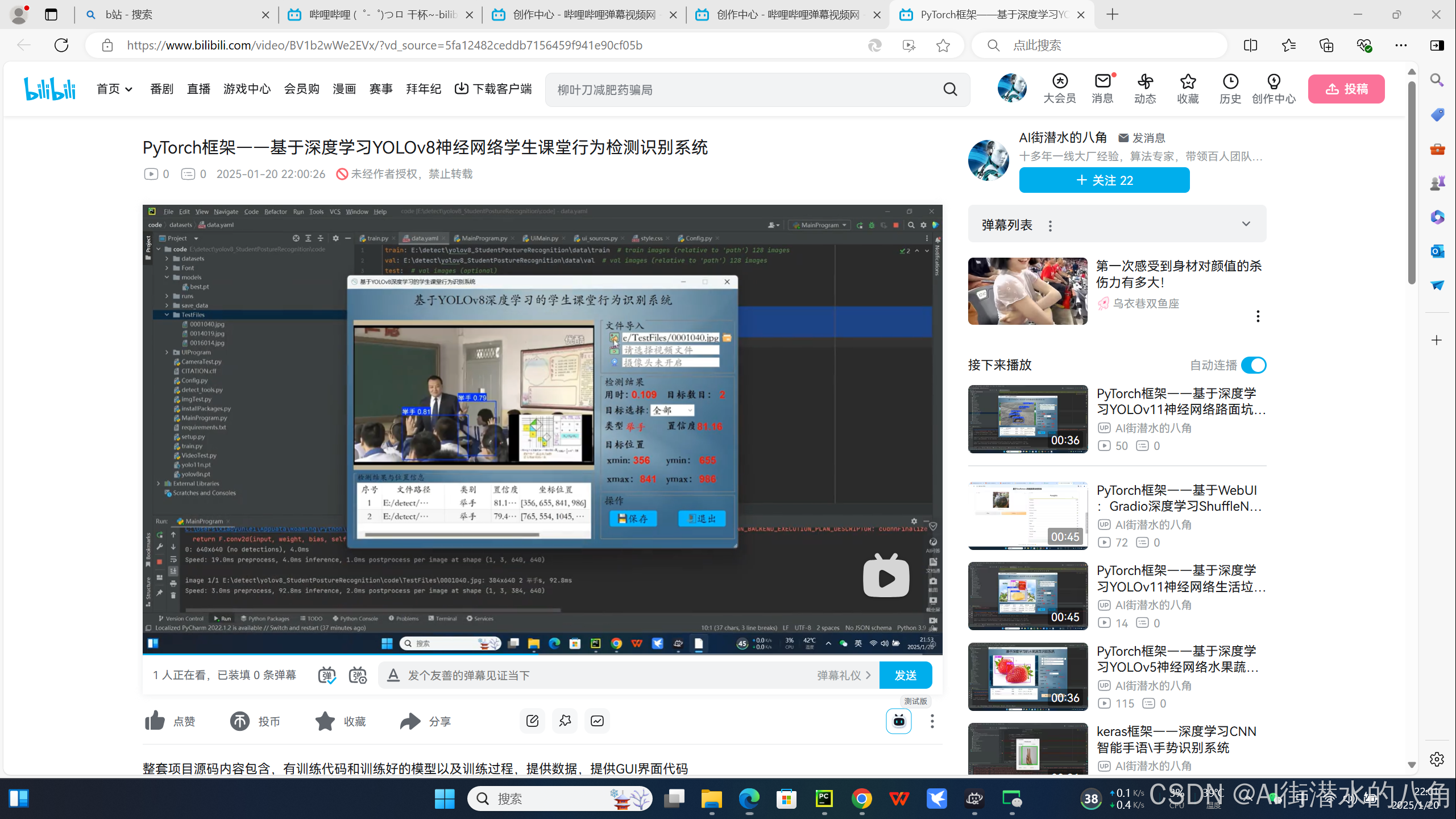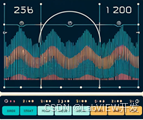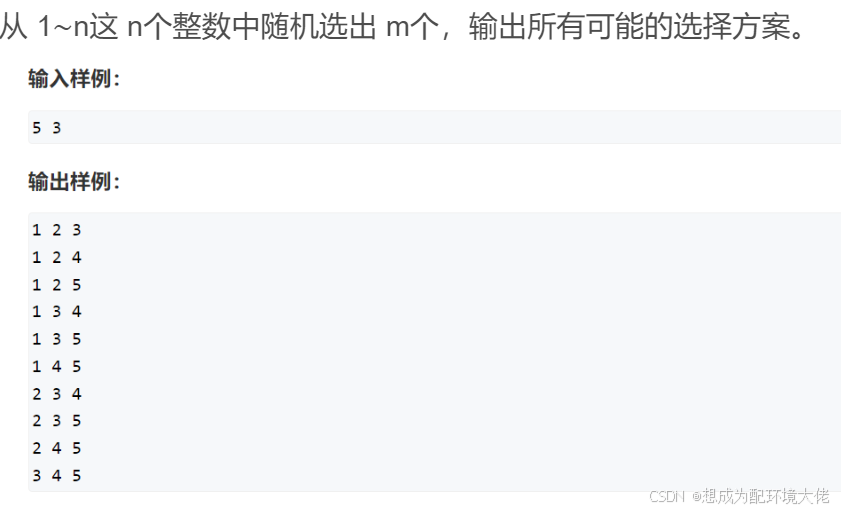Electron使用WebAssembly实现CRC-8 MAXIM校验
将C/C++语言代码,经由WebAssembly编译为库函数,可以在JS语言环境进行调用。这里介绍在Electron工具环境使用WebAssembly调用CRC-8 MAXIM格式校验的方式。
CRC-8 MAXIM校验函数WebAssebly源文件
C语言实现CRC-8 MAXIM格式校验的介绍见:《C语言CRC-8 MAXIM格式校验函数》
选择上面介绍文章中的uint8_t PY_CRC_8_T_MAXIM_i(uint8_t *di, uint32_t len)校验函数,建立一个新文件PY_CRC_8_T_MAXIM_i.cc:
#ifndef EM_PORT_API
# if defined(__EMSCRIPTEN__)
# include <emscripten.h>
# if defined(__cplusplus)
# define EM_PORT_API(rettype) extern "C" rettype EMSCRIPTEN_KEEPALIVE
# else
# define EM_PORT_API(rettype) rettype EMSCRIPTEN_KEEPALIVE
# endif
# else
# if defined(__cplusplus)
# define EM_PORT_API(rettype) extern "C" rettype
# else
# define EM_PORT_API(rettype) rettype
# endif
# endif
#endif
#include <stdio.h>
#include <stdint.h>
#include <stdlib.h>
EM_PORT_API(void *) mymalloc(uint32_t size) {
return malloc(size);
}
EM_PORT_API(void) myfree(void * ptr) {
free(ptr);
}
EM_PORT_API(uint8_t) PY_CRC_8_T_MAXIM_i(uint8_t *di, uint32_t len) {
uint8_t crc_poly = 0x8C; //Bit sequence inversion of 0x31
uint8_t data_t = 0; //CRC register
for(uint32_t i = 0; i < len; i++)
{
data_t ^= di[i]; //8-bit data
for (uint8_t j = 0; j < 8; j++)
{
if (data_t & 0x01)
data_t = (data_t >> 1) ^ crc_poly;
else
data_t >>= 1;
}
}
return data_t;
}
这个文件有三个函数导出,前两个是获取和释放内存的函数,后一个就是CRC-8 MAXIM校验函数的导出。
将这个文件进行WebAssembly编译,就会得到两个库文件:

将这几个文件拷贝到后面建立的Electron工程目录,再进行调用。
Electron调用WebAssembly CRC-8 MAXIM函数演示源文件
下载Electron的Hello World!例程,并实现正常运行:

然后将前面的3个WebAssembly相关文件,放到例程根目录。再引入一个jQuery库。编写index.html文件如下:
<!DOCTYPE html>
<html>
<head>
<meta charset="UTF-8">
<title>WebAssembly Electron</title>
<script>
window.$ = window.jQuery = require('./js/jquery-3.3.1.min.js');
</script>
</head>
<body>
<h1>Hello World!</h1>
<!-- All of the Node.js APIs are available in this renderer process. -->
We are using Node.js <script>document.write(process.versions.node)</script>,
Chromium <script>document.write(process.versions.chrome)</script>,
Electron <script>document.write(process.versions.electron)</script>,
<p> see console </p>
<script src="PY_CRC_8_T_MAXIM_i.js"></script>
<script src="./mainprocess.js"></script>
</body>
<script>
// You can also require other files to run in this process
require('./renderer.js')
</script>
</html>
主要修改部分为引入了jQuery,引入了PY_CRC_8_T_MAXIM_i.js以及引入了mainprocess.js,mainprocess.js是在例程根目录下新建的工程文件,内容如下:
// This file is required by the index.html file and will
// be executed in the renderer process for that window.
// All of the Node.js APIs are available in this process.
//增加当前运行状态和当前运行进程/函数信息,控制不产生误触发
window.name="mainwindow";
$(document).ready(function(){
Module.onRuntimeInitialized = function() {
console.log(Module);
}
setTimeout(function(){
var count = 8;
var ptr = Module._mymalloc(count);
for (var i = 0; i < count; i++){
Module.HEAP8[ptr + i] = 1+i;
}
console.log(Module._PY_CRC_8_T_MAXIM_i(ptr, count));
Module._myfree(ptr);
},2000); //Delay is a must for Module initialized!
})
mainprocess.js实现了WebAssembly库文件的导入和使用,Module._mymalloc用于申请内存空间,Module._myfree用于释放内存空间,Module.HEAP8[ptr + i] = 1+i;用于给申请到的内存空间从1开始赋值,这里堆空间为8个字节,因此赋值从1到8。Module._PY_CRC_8_T_MAXIM_i(ptr, count)则进行CRC-8 MAXIM校验函数的调用,提供了内存指针和要校验的字节数量。
整个Electron工程环境的文件如下所示:

Electron调用WebAssembly CRC-8 MAXIM函数演示效果
通过在控制台输入 npm start执行Electron工程,打开console显示:

131是打印出的CRC校验结果,十六进制值为0x83, 通过在线工具比较验证:

Electron使用WebAassembly实现CRC-8 MAXIM校验演示工程下载
Electron Demo工程下载,包含已编译后的WebAssembly库文件:

–End–



















